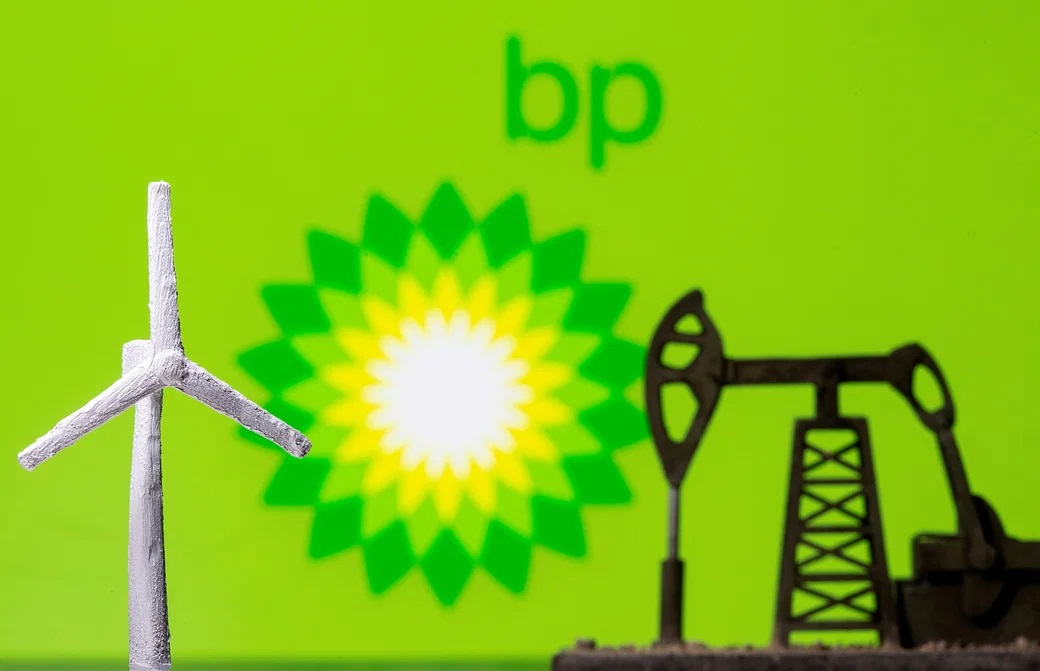Brent crude jumped to its highest since June 2015 as a key North Sea pipeline shut down.
 The Forties Pipeline System, one of the most important oil conduits in the world, is to be fully halted after a crack was discovered, the link’s operator Ineos said. Repairs will take about two weeks, according to a spokesman. The announcement boosted pricing that had been largely muted over the last week following an OPEC-led agreement by major producers to extend output curbs through the end of 2018. Brent rallied in London, pulling New York futures up to near $58 a barrel.
The Forties Pipeline System, one of the most important oil conduits in the world, is to be fully halted after a crack was discovered, the link’s operator Ineos said. Repairs will take about two weeks, according to a spokesman. The announcement boosted pricing that had been largely muted over the last week following an OPEC-led agreement by major producers to extend output curbs through the end of 2018. Brent rallied in London, pulling New York futures up to near $58 a barrel.
“Brent is ripping,” said Bob Yawger, director of futures at Mizuho Securities USA Inc. in New York. “You really don’t have a lot of spare barrels before the supply situation becomes a problem.”
The pipeline system feeds crude to the Hound Point export terminal near Edinburgh. The supplies that flow through the link are the single largest constituent part of the Dated Brent grade that helps to settle more than half the world’s physical oil prices.
Brent for February settlement gained $1.29 to settle at $64.69 barrel on the London-based ICE Futures Europe exchange. The global benchmark traded at a premium of $6.64 to February West Texas Intermediate, the largest premium since early November. The WTI-Brent spread will “widen and encourage U.S. exports,” Yawger said, in reference to Brent rising on the Forties’ pipeline outage.
WTI for January delivery advanced 63 cents to end the session at $57.99 a barrel on the New York Mercantile Exchange, the highest level in more than a week. Total volume traded was about 7 percent below the 100-day average. Prices also received a boost earlier in the session as news broke of an explosion in New York.
Tighter Market
Following the Organization of Petroleum Exporting Countries’ decision with non-OPEC allies to extend output curbs through the end of 2018, OPEC may draft a strategy in June to end the curbs if the market is no longer oversupplied by then, the U.A.E.’s energy minister said Monday. Kuwait’s oil minister said Sunday that the group’s cuts may end earlier than 2019 if the market re-balances by June, signaling an optimistic outlook on market conditions next year.
There is the “expectation of tighter markets as 2018 unfolds,” Bart Melek, head of global commodity strategy at TD Securities in Toronto, said by telephone. “Certainly at Vienna, they’ve implied that they will be flexible. If the market rebalances, then we would expect somewhat looser rules.”
Yet, Russia is keen to end output cuts as early as possible, Issam Almarzooq, the Kuwaiti oil minister who was replaced on Monday, said in Kuwait City on Sunday. OPEC will study an exit strategy at its next meeting in June, and prices should remain near current levels in 2018, Almarzooq said.

















